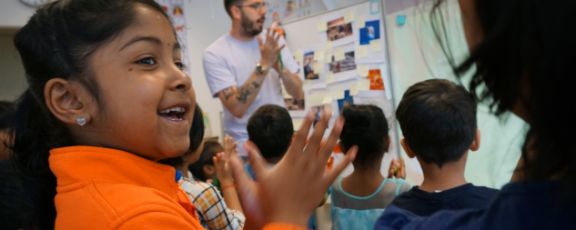By Ms Elvira Oskam, Early Years specialist and classroom teacher KG1 White
Bilateral coordination is the ability to use both sides of the body simultaneously in a coordinated and organised way. This involves either the same symmetrical motion (like jumping with both feet, throwing and catching a ball) or cross-lateral coordination (like crawling or climbing). These latter movements require the left side and right side of the brain to work together. That is why these movements are vital for cognitive development later on; they are laying the foundation to be able to cross the midline in a later developmental phase.
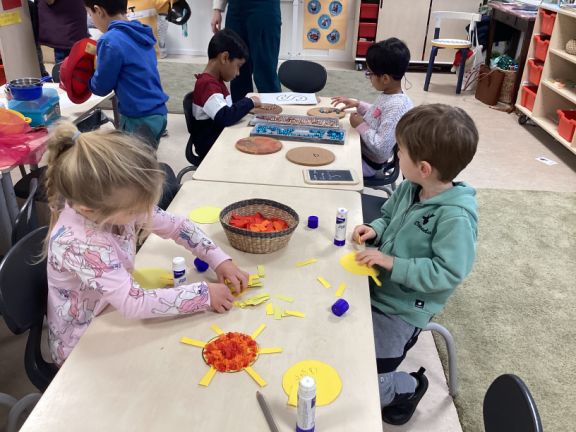
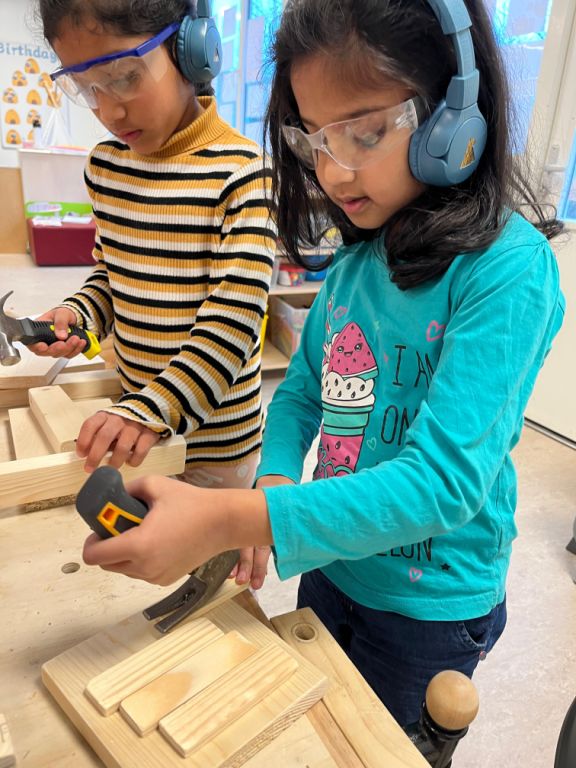
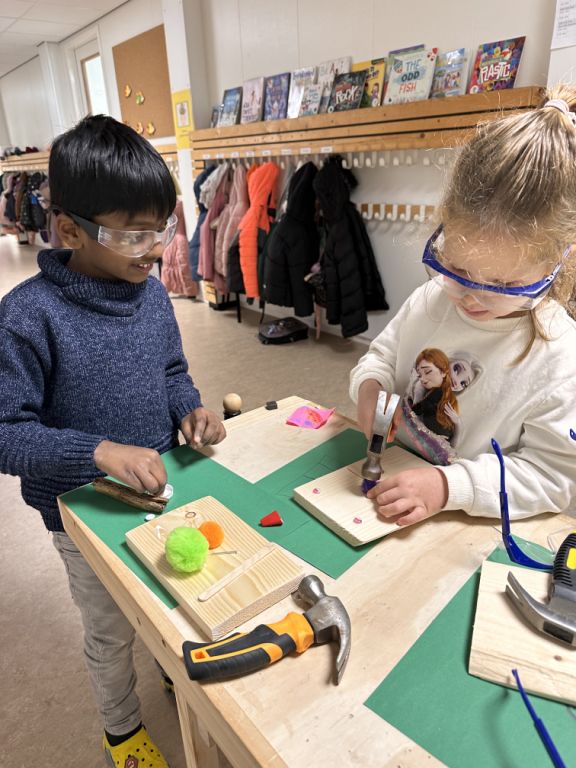
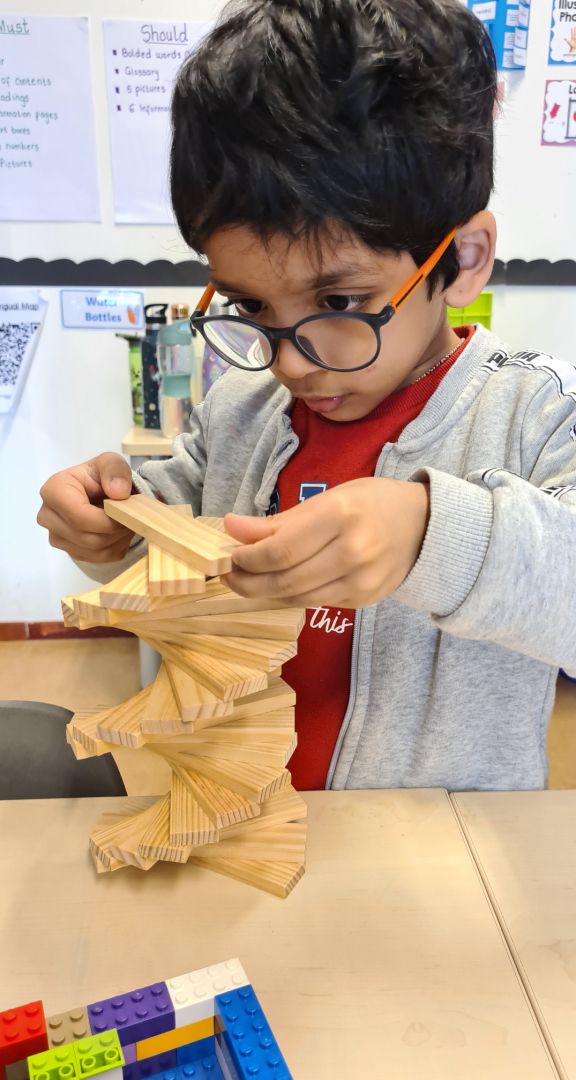
Crossing the midline
When KG students learn to distinguish between the front and
back, left and right, or top and bottom of their bodies and they can manipulate
these with intent, they learn about directionality and position. This helps
them for example to do math. Only through frequency and diversity of movement
can KG students learn all the skills they need to allow their cognitive
development.
Theory in Practice - What we do at school
In KG1 at ISU we start with basic independence, teaching our students (who cannot yet), to close their jackets, to take off and put on their shoes, to open and close their bottles and lunch containers.
When walking in the hallway, we teach them to lift their feet properly. We teach them the order of washing their hands, but also how the hands need to work together to wash both hands properly.
As play invites movement, our students play throughout the day, inside and outside and we try to limit chair time as much as possible. When we paint, we have standing easels.
In school we have balancing apparatus for students to practise the left and right side of their bodies working in relation with each other. We play songs like ‘head, shoulders, knees and toes’, where they have to touch each of these body parts trying to cross a midline. We, at least once a week, set a drawing task, to try another form of fine motor skill development and let them cross a midline using paper. We offer yoga and PHE but also a lot of outside play when our students can ride bikes, run around and play in the sandpit encouraging all types of movement.
Theory in practice – What families can do at home
- Craft often; let your child(ren) draw and paint with various tools, let them use scissors.
- Independence; let your child(ren) dress themselves, taking off their clothing and putting it on. Practise wiping their bottoms.
- Limit screen time to half an hour a day maximum. Less is even better.
- Play and dance, let your child(ren) learn how to ride a bicycle.
- When playing at home, let your child(ren) stand at a table or be on the floor.
- Do not avoid challenges but guide your child(ren) with your wording. For example, when climbing, instead of saying ‘be careful’, say “Look where you want to go… place your right foot here, now move your left hand there… do you feel the beam underneath your foot?... try to grab that handle…, etc.”
For more information, please view the work by Carol Stock Kranowitz or Guy Stevens (in Dutch).
